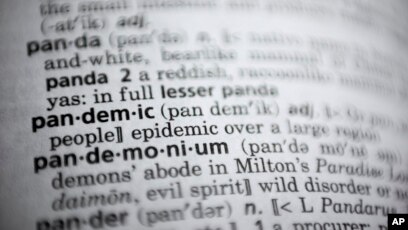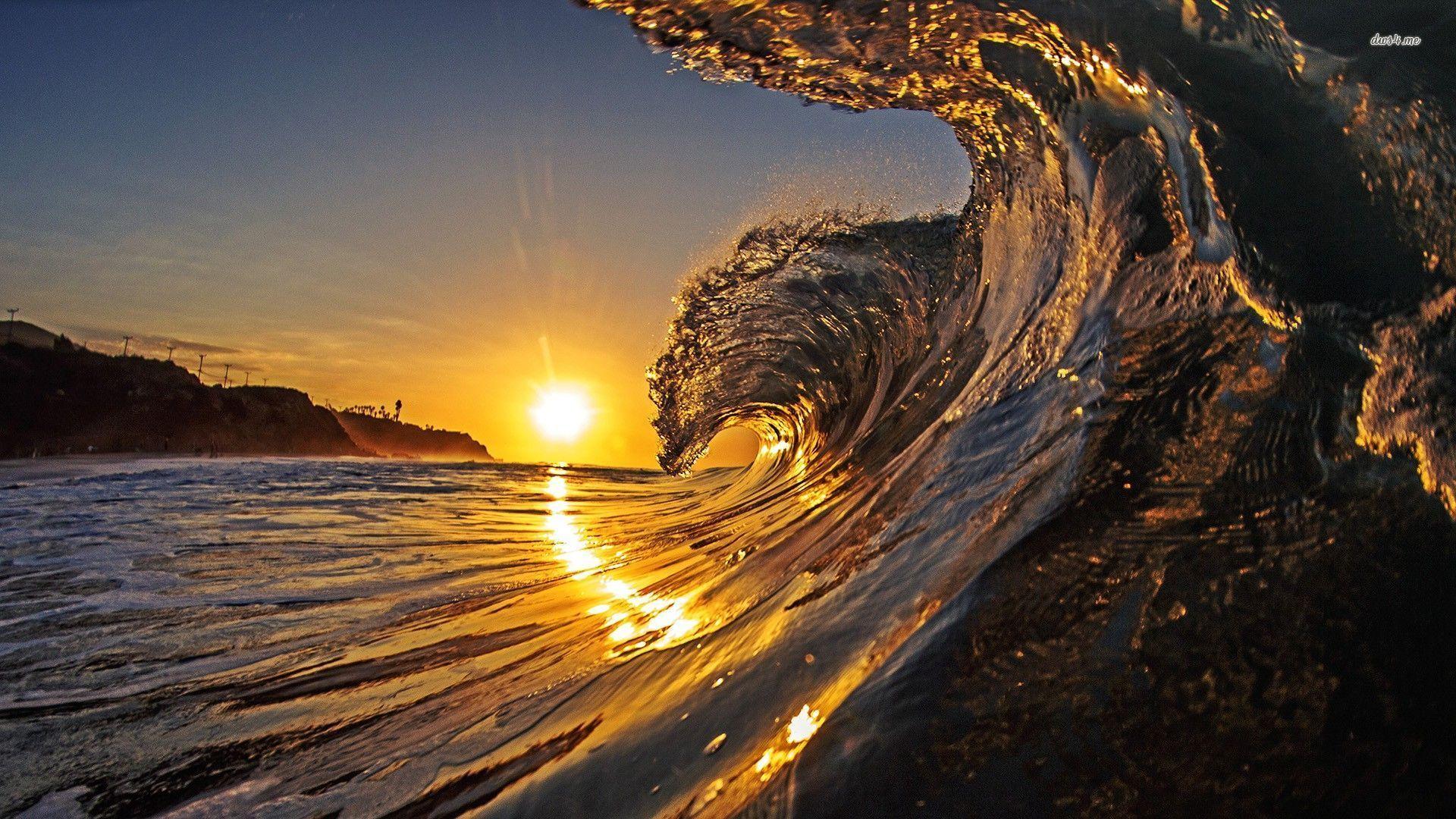
M. Alexander Turner
The title of M. Alexander Turner’s poem sounds like an oxymoron to me. A dictionary? Guiding individuals through barriers? Just like plastic silverware or jumbo shrimp, “Dictionary (As the Map of Obstacle)” seems like two opposites squished into one phrase.
Several years ago, during elementary school, one of my goals was to read my family’s copy of The Merriam-Webster Dictionary over the summer. I had recently started reading the Harry Potter series and often found myself confused about words like “chortle” and “spectacles” from the Sorcerer’s Stone. Absorbing knowledge from a dictionary seemed like an efficient way to bulk up my vocabulary and prepare myself to take on the next book without experiencing as many barriers to my understanding.

Random topics located next to each other
Unfortunately, the dictionary itself proved to be an even larger obstacle. There were several factors that challenged my attention span, from the black and white images that were sparsely scattered every twenty pages to the way that each line break would switch to a completely different topic. Dictionaries represented a large challenge for me during elementary school, yet Turner expresses a contrasting perspective in his title, viewing dictionaries as maps—a guide that provides a clear path and lessens confusion.

A charming library in London
As I skimmed through the poem for the first time, I sensed the same confusion that plagued me as a 3rd grader wash over my present-day mind. Although Turner’s poem roughly follows a dictionary format, there were a few irregularities that stood out to me. Turner defines five different words: wanlace, wilgern, swarth, wharve, and witter. Unlike what most of us would expect for a dictionary, these words weren’t in alphabetical order, which made me wonder why Turner chose to present them the way he did. During my first reading, I also didn’t think too much about the words themselves. I noticed that they were all elegant-sounding and rolled off your tongue. They seemed like words that you might hear in places like London as you pass by a table of professors at the library or in the subway.

A wharf (not quite a wharve)
It wasn’t until later that day that curiosity got the best of me and I let myself Google the first word, “wanlace.” To my surprise, the results mostly included links to social media profiles of people with the name Wanlace and other less relevant sources. The same thing happened for the other four words. I sat there, staring at Turner’s poem, wondering why he chose to create and define new words instead of redefining pre-existing ones. His new words were passable as real words and similar to existing ones (like wharve to wharf and swarth to swerve and witter to witty), yet their meanings seemed much more intimate—like a glimpse of a feeling rather than a tangible meaning.
While a normal dictionary usually has straightforward definitions that leave no room for misinterpretation, each of Turner’s five words has accompanying imagery. I found that these vivid descriptions left a lot of room for a reader’s opinions to shape the definition. It almost seemed like Turner intentionally left some phrases open-ended to spur individualized meanings in the minds of each person who read his poem. He mentions nouns that invoke certain images but also trigger memories unique to a reader. For example, Turner described “wilgern” as
“Imagening a hulahoop
Gasping for
The classic tearshape.”

Hoola hoops!
As I read this phrase, I was reminded of recess at daycare several years ago and the stiff feeling of a hoola loop between my fingers. The feeling of being a carefree child that I associated with those memories complimented the phrase Turner used to describe comets for the same word: “Invisible and meaningless.” Even though my experiences might not be completely unique, I can imagine that other individuals reading this poem may interpret “wilgern” slightly differently. I was stumped as to why Turner left his poem so open-ended, but appreciative of the way that he incorporated foreign words that brought up tangible feelings.
Apart from the vague—yet oddly specific—imagery, the way Turner included spaced-out words in all capital letters was another reason why this poem was difficult for me to understand. During some points, it seemed like he included them to emphasize a component of a word that is crucial to understanding its meaning, such as:
“Drab soot.
S O O T”

A valley of waves around the sun
Other times, his use of these spaced-out words was a lot more unclear, like when he included “N NE E SE.” What did he mean to write? During these moments of confusion, I drew the descriptions he associated with a certain word on paper. For example, when it came to “wharve,” I sketched out waves that bordered a sun, a passing ferry, islands, skies, birds, and several other nouns Turner included. After building a better understanding of the imagery he mentioned, I began to grasp what kind of meaning he was trying to convey with the word “wharve”—a feeling of peace, serenity, and quiet. Then it hit. Maybe the spaced-out words were supposed to be “NO ONE ELSE?” I might be completely misinterpreting this part of the poem, but drawing out some of the images helped with better understanding each defined word.

Different perspectives!
The unconventional format and cryptic imagery made me struggle to find meaning in Turner’s poem. However, by breaking down its parts and taking each separate line for its own meaning, I began to realize that the poem’s purpose may lie in the lack of clear meaning. Perhaps this poem serves as a “map of the obstacle” by outlining a way of thinking that sets a reader up for successful interpretation. Maybe Turner was challenging the popular belief that stems from dictionaries—that words have a single meaning that is universal to everyone. Instead, it seems like he uses his open-ended poem to prompt an infinite number of diverse, individualized interpretations for each reader. After reading the five definitions, maybe you also feel compelled to reconsider your understanding of common words, constructing a new composite definition out of minute details and personal experiences.